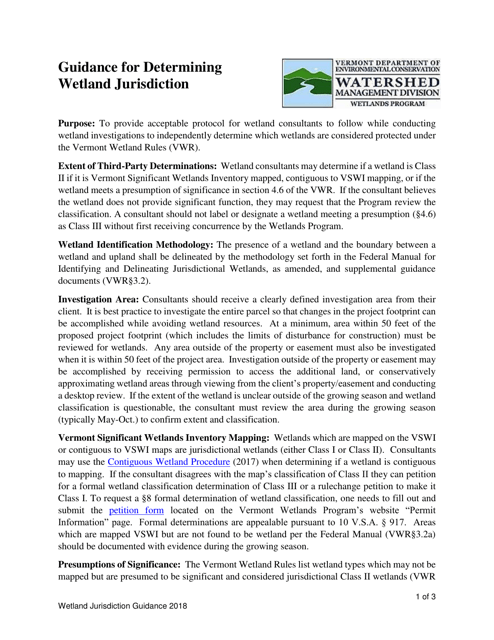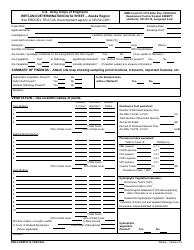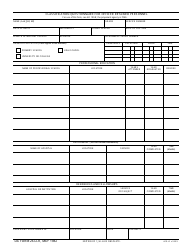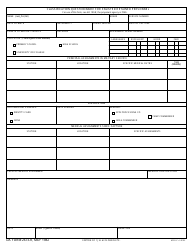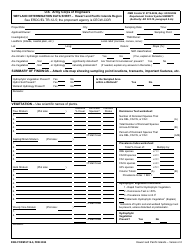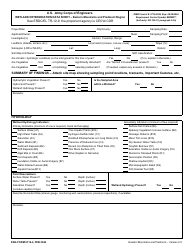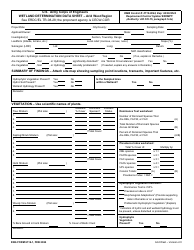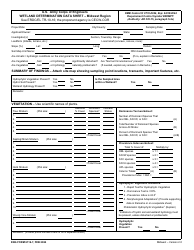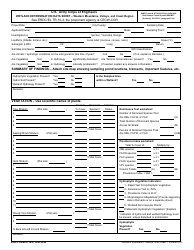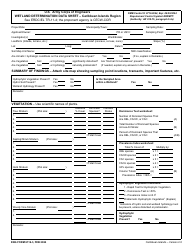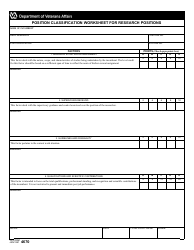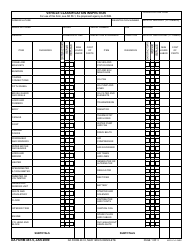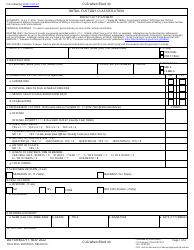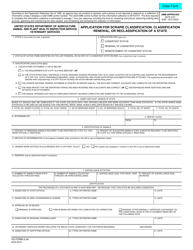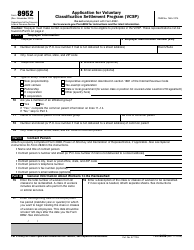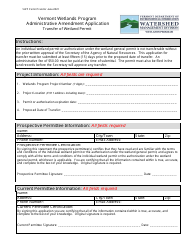Wetland Classification Form - Vermont
Wetland Classification Form is a legal document that was released by the Vermont Department of Environmental Conservation - a government authority operating within Vermont.
FAQ
Q: What is the Wetland Classification Form?
A: The Wetland Classification Form is a document used in Vermont to classify wetland areas.
Q: Why is wetland classification important?
A: Wetland classification is important for determining the ecological value and regulatory status of wetland areas.
Q: Who uses the Wetland Classification Form?
A: The Wetland Classification Form is used by regulatory agencies, landowners, and environmental professionals.
Q: What information is included in the Wetland Classification Form?
A: The form includes information about the wetland's location, size, vegetation, hydrology, and soils.
Q: How is wetland classification determined?
A: Wetland classification is determined based on the presence and characteristics of hydrophytic vegetation, hydric soils, and wetland hydrology.
Q: Are there different types of wetland classifications?
A: Yes, wetlands can be classified as forested, emergent, shrub-scrub, or open water, depending on the dominant vegetation type.
Q: What are the benefits of wetland classification?
A: Wetland classification helps in the identification and protection of important wetland habitats, and it assists in making informed land use and development decisions.
Form Details:
- Released on January 1, 2018;
- The latest edition currently provided by the Vermont Department of Environmental Conservation;
- Ready to use and print;
- Easy to customize;
- Compatible with most PDF-viewing applications;
- Fill out the form in our online filing application.
Download a printable version of the form by clicking the link below or browse more documents and templates provided by the Vermont Department of Environmental Conservation.
